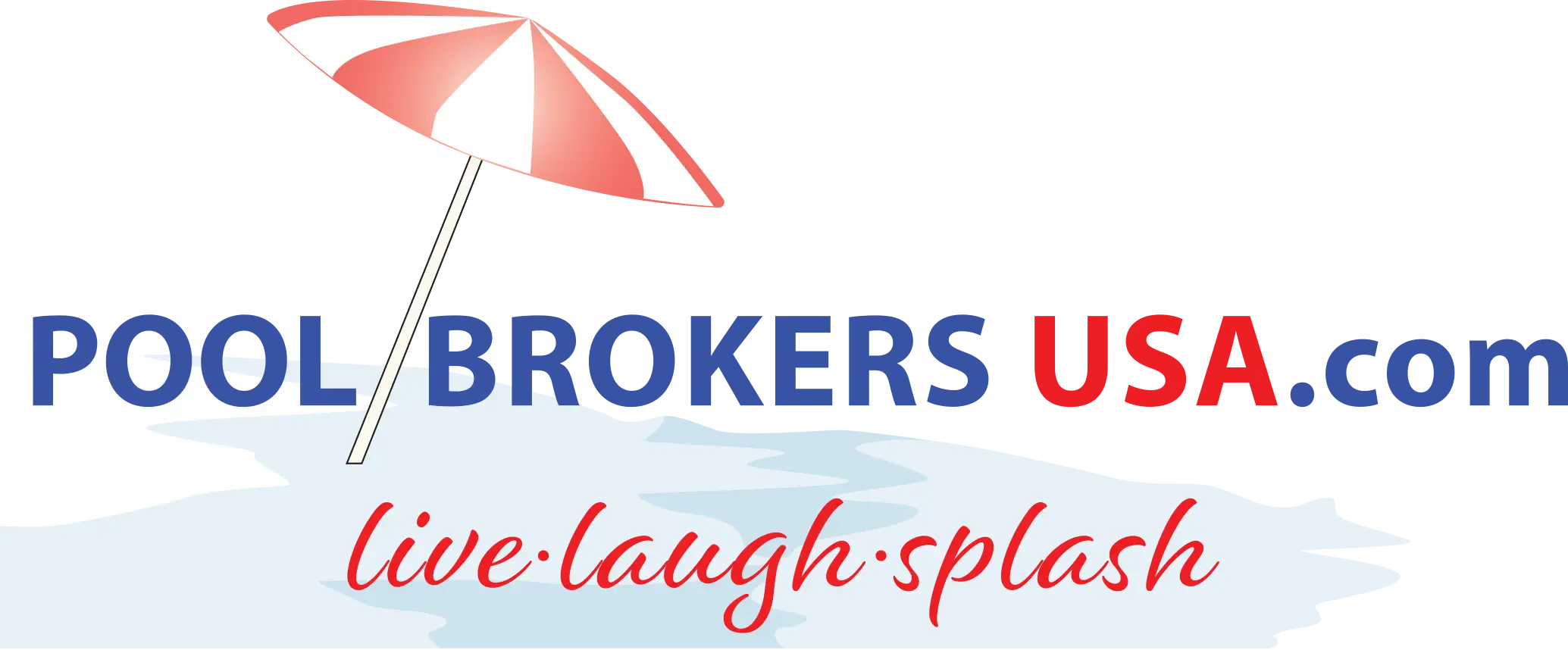Choosing between a flat bottom vs sloped pool is one of the most consequential decisions you’ll make for your backyard oasis. This single design choice affects everything from how your family will use the pool to your long-term maintenance costs and energy bills.
The right pool bottom design creates decades of enjoyment while the wrong choice can lead to years of regret and unnecessary expenses. Understanding the key differences between these two fundamental pool designs will help you create the perfect backyard retreat for your family’s specific needs and lifestyle.
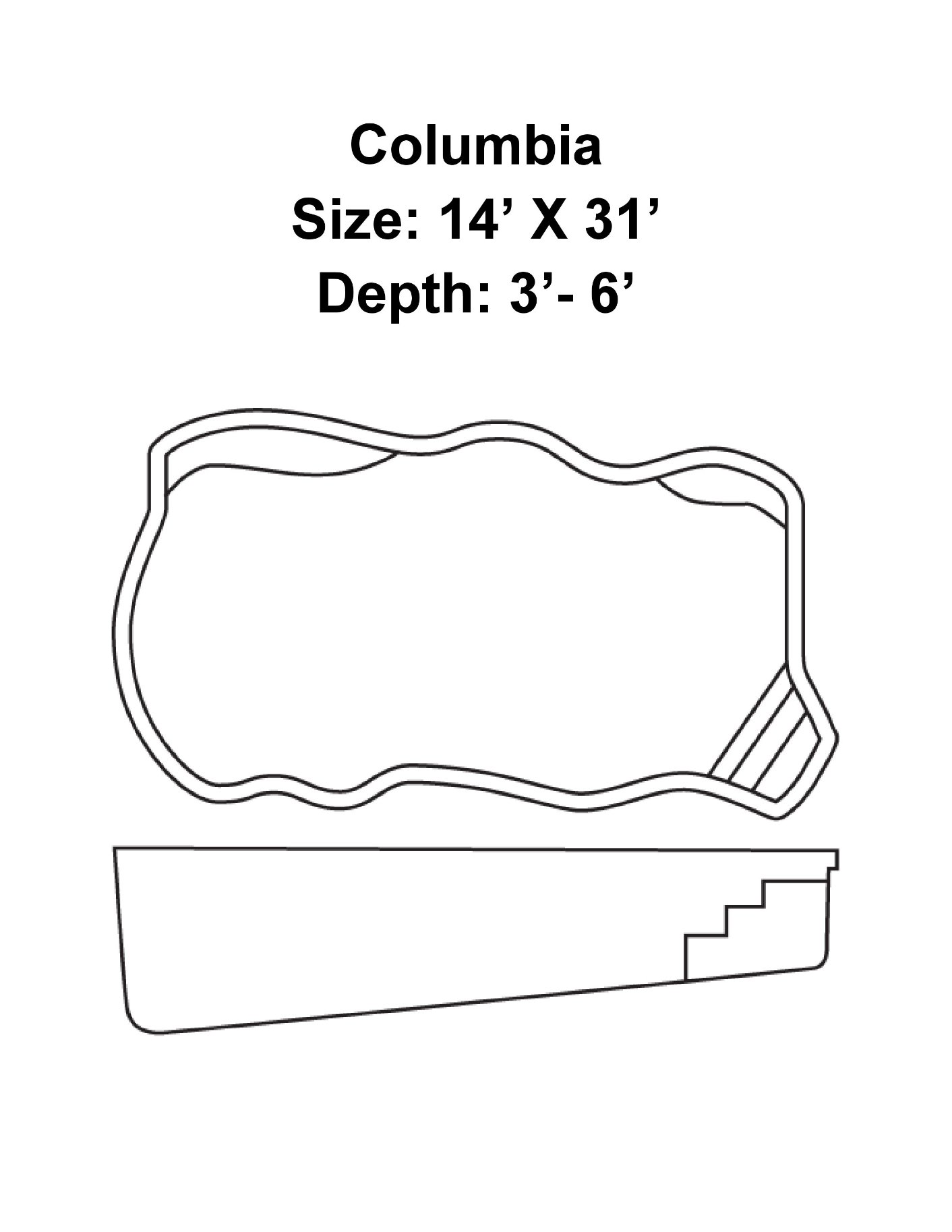
Contents
Flat vs. Sloped Pool Bottom at a Glance
Flat bottom pools maintain a uniform depth throughout (typically 3-5 feet), while sloped pools transition from shallow to deep ends (usually 3-4 feet to 6-8 feet). This fundamental difference in design affects everything from installation costs to how your family will use the pool.
The flat bottom vs sloped pool debate often comes down to your primary pool activities. Flat bottoms excel for water games and family play, while sloped designs accommodate both shallow wading and deeper swimming or diving.
Flat bottom pools generally cost less to install due to simpler excavation and use fewer materials. They’re also easier to heat efficiently because of their reduced water volume.
Installation Factors That Affect Budget and Timeline
The excavation process for a flat bottom pool is straightforward—dig to a consistent depth and level the floor. This simplicity typically reduces labor hours and equipment needs.
Sloped pools require more precise excavation work to create the gradual transition between depths, which can extend the installation timeline. Your soil type plays a crucial role in this process.
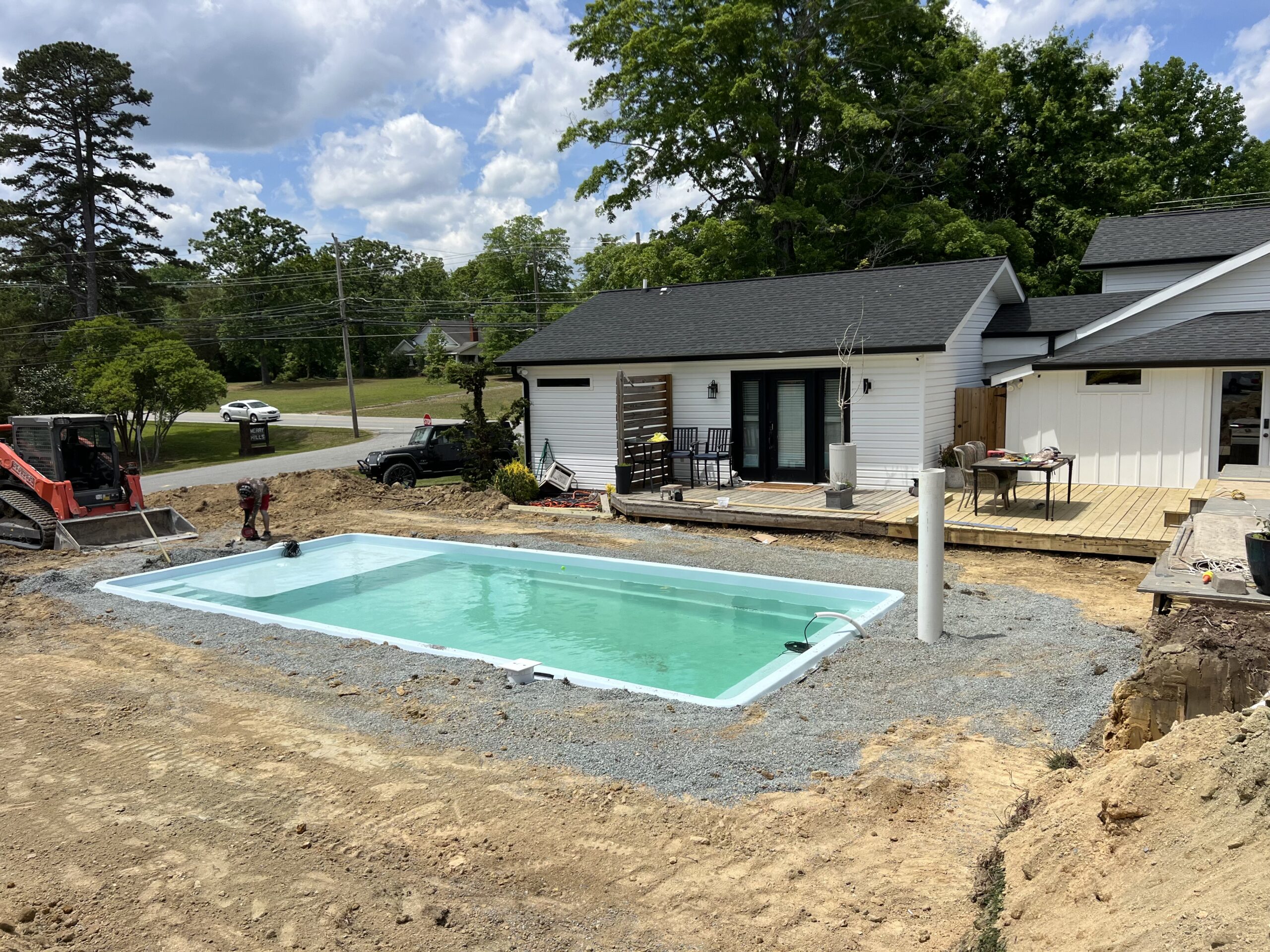
Multiple Excavation Considerations
Several factors influence which pool bottom design makes more sense for your property:
- Soil condition: Sandy soil is easier to work with than rocky ground or clay, especially for sloped designs.
- Local codes: Some areas require specific slope ratios for safety reasons. Learn more about pools in your state by exploring all areas we serve.
- Property grade: Your yard’s natural slope might complement or complicate certain pool designs.
Contractor Coordination or DIY Approach
Working with a local contractor who understands regional soil conditions can streamline the installation process. Many homeowners save significantly by acting as their own general contractor.
Flat bottom pools typically require fewer specialized skills during installation, making them more DIY-friendly. Sloped designs often benefit from experienced installers who understand proper transition techniques.
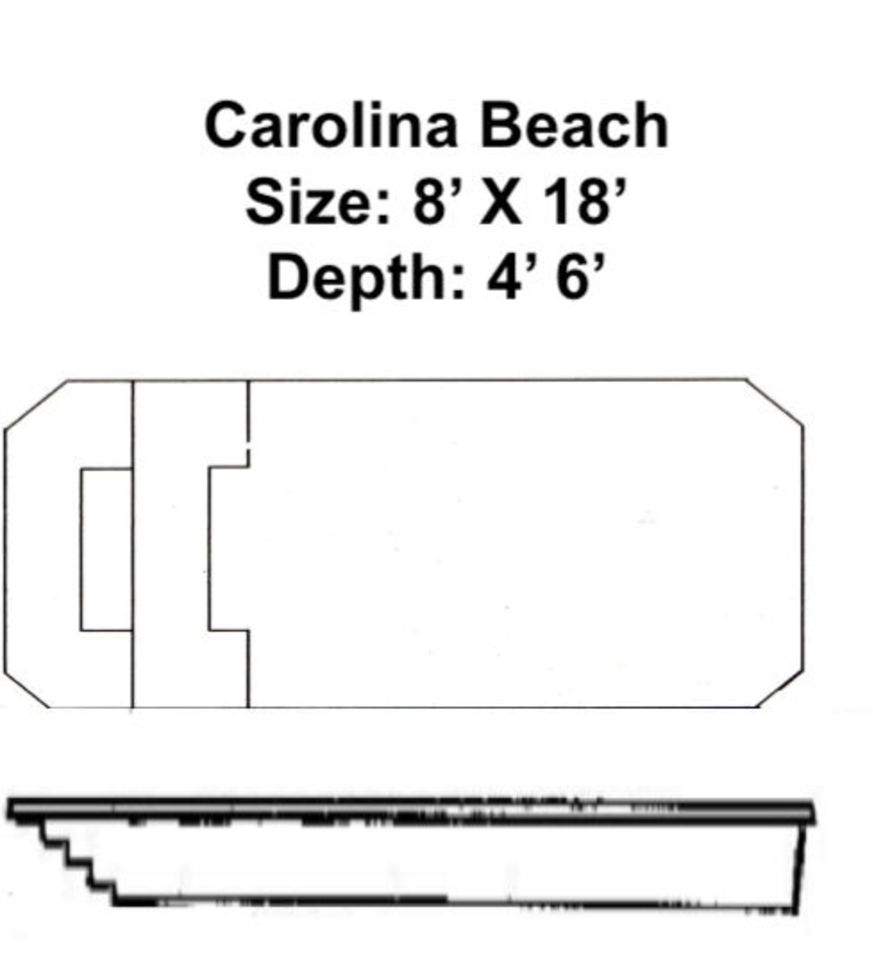
Heating and Energy Efficiency Insights
Flat bottom pools contain less water volume than comparable sloped pools, requiring less energy to heat. This difference can help reduce heating costs throughout the swimming season.
The consistent depth also promotes more uniform water temperature throughout the pool. When comparing flat bottom vs sloped pool options, this heating efficiency is a significant advantage for budget-conscious families.
Circulation and Temperature Consistency
Flat bottom designs promote more efficient water circulation because there are no depth changes to create dead zones. This improved circulation can reduce chemical usage compared to sloped pools.
Better circulation also means more consistent heating throughout the pool. Sloped pools may require additional return jets to ensure proper circulation in deeper sections.
Pool Covers and Additional Savings
Automatic pool covers fit more easily on flat bottom pools due to their uniform shape. This creates a tighter seal that reduces evaporation and heat loss.
Solar covers work effectively on both designs but may provide more consistent heating benefits on flat bottom pools. The energy savings from a good cover can quickly offset its initial costs.
Maintenance and Safety Considerations
Flat bottom pools are generally easier to clean because the consistent depth allows robotic cleaners to navigate without getting stuck. The uniform surface also makes it easier to spot and remove debris.
Safety is enhanced because swimmers always know the exact depth. Sloped pools offer natural safety zones where different family members can enjoy water at their comfortable depth.
Robotic Cleaners and Debris Control
Automatic pool cleaners work more efficiently on flat surfaces where they don’t need to navigate changing depths:
- Reduced maintenance time: Flat bottoms allow cleaners to move in more predictable patterns.
- Extended equipment life: Less strain on cleaning equipment means fewer repairs.
- Consistent cleaning quality: No missed spots in transition areas.
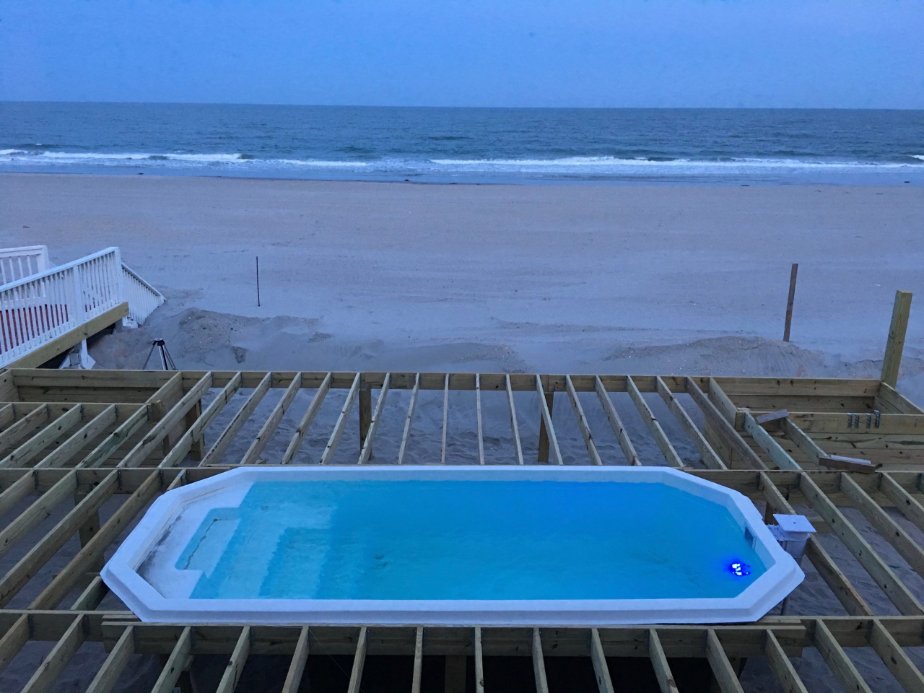
Family Activities and Safety Zones
Your family’s preferred activities should influence your flat bottom vs sloped pool decision:
- Water sports: Volleyball, basketball, and aerobics work better in flat bottom pools.
- Mixed-age families: Sloped pools provide appropriate depths for different age groups.
- Lap swimming: Serious swimmers often prefer the deeper sections of sloped pools.
Which Bottom Type Fits Your Lifestyle?
Your family’s swimming habits should guide your decision. If water games and social gatherings are your priority, a flat bottom pool offers the most usable space.
If you have competitive swimmers or diving enthusiasts, a sloped design provides the depth they need. Consider your long-term plans as well as your current needs.
Budget-Focused or Value-Driven Buyers
Homeowners prioritizing initial cost savings and predictable maintenance typically prefer flat bottom designs. The reduced water volume translates to lower chemical costs, heating expenses, and water bills.
Energy-conscious buyers appreciate that flat bottom pools heat more quickly and retain temperature more efficiently. This efficiency becomes especially valuable in regions with shorter swimming seasons.
Divers, Lap Swimmers, and Adventure Seekers
Families with teens or adults who enjoy diving need the safety of deeper water that sloped pools provide. The varying depths create natural zones for different activities to occur simultaneously.
When evaluating flat bottom vs sloped pool options, consider how your family will use the pool most often. Adventure-minded families often prefer sloped designs that accommodate more dynamic water play.
Finding the Right Fit for Your Home
The perfect pool bottom design aligns with your family’s activities, maintenance preferences, and budget priorities. Consider how you’ll use the pool most frequently—daily relaxation, weekend entertainment, or exercise.
Fiberglass pools come in a variety of pre-designed shapes with both flat and sloped options. Working with a knowledgeable provider helps ensure you select a model that meets your specific needs without unnecessary costs.
Remember that the flat bottom vs sloped pool decision affects not just your initial investment but your ongoing enjoyment and maintenance requirements. Request a Quote to explore fiberglass pool options that match your family’s lifestyle and backyard vision.
